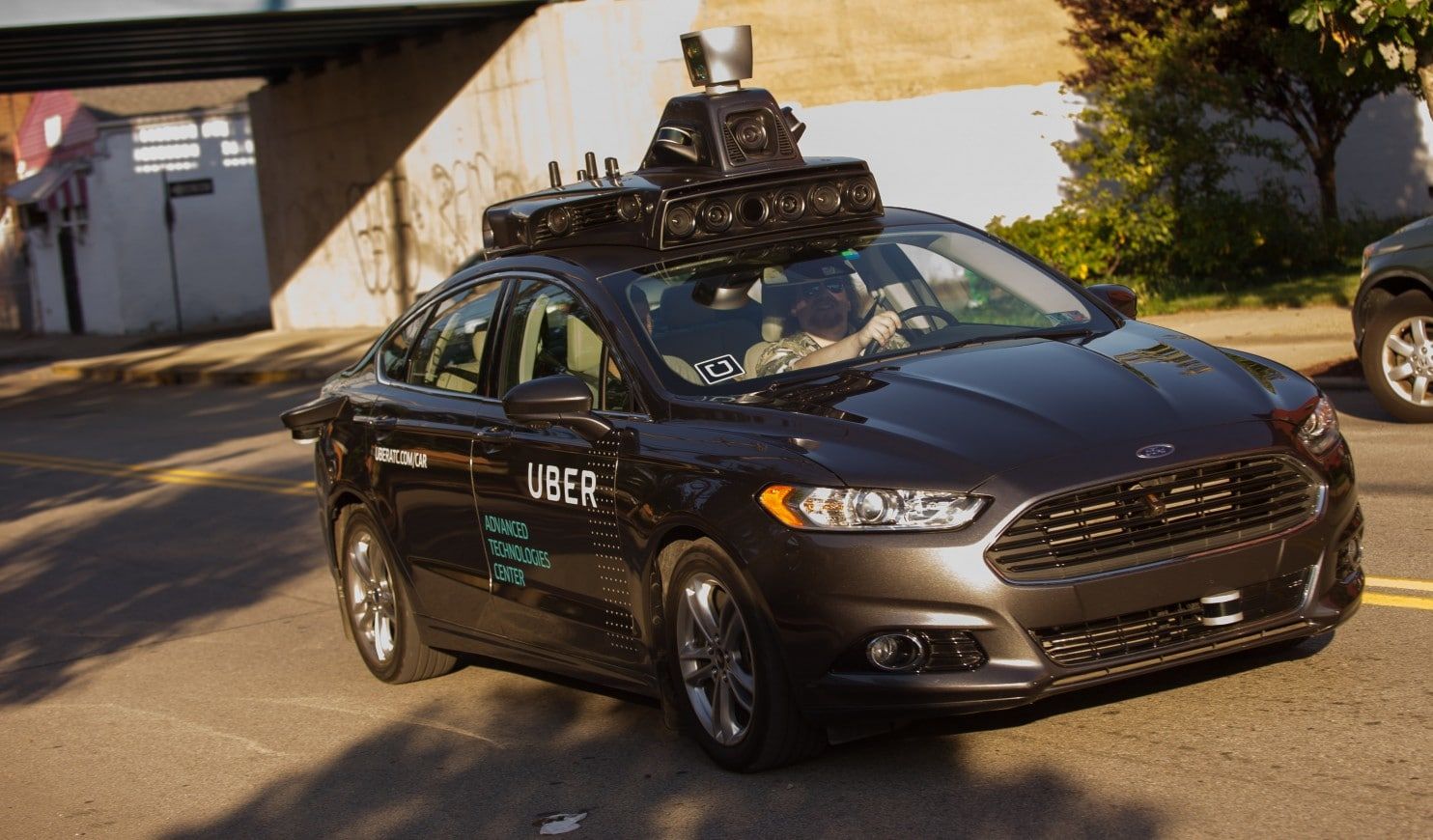From Palo Alto to Marrakesh, the world is changing.




In a recent blog post, Paul Krugman tried to illustrate a point about the GOP tax cut plan by imagining interplanetary trade with Martians. (At least he’s now entertaining voluntary transactions, rather than an alien invasion.) Yet in his zeal to downplay the potential benefits to workers from a corporate tax cut, Krugman ends up shortchanging the versatility of markets. As a teaching exercise, I’ll walk through the full implications of Krugman’s story about Martians, to show the elegance of capitalism.
Krugman’s Martian Scenario
The context for Krugman’s fanciful thought experiment is the GOP plan to cut the corporate income tax rate from 35 to 20 percent. In order to sell this plan as pro-worker, the GOP defenders are arguing that capital is very mobile on the international market. Therefore, global investors can be picky, and must earn the same after–tax rate of return (due account being made for risk), wherever they invest. This means — so the GOP argument continues — that a large cut in the US corporate tax rate will simply invite a flood of foreign capital into the US, pushing down the pre -tax rate of return to reestablish equilibrium across all countries. Yet this process helps American workers, who are now mixing their labor with a larger capital stock. Because labor productivity is higher with more tools and equipment, wage rates end up rising. Thus, so the argument concludes, the primary beneficiaries of the GOP tax cut won’t be international capitalists, but instead will be American workers.
Yet CRISPR has a dirty secret: there’s really no perfect way to deliver the “molecular scissors” safely into cells. Most methods currently rely on viruses: the DNA that encodes the CRISPR machinery is spliced into a “viral vector” then injected into the troubled tissue.
That’s all well and good for diseases that affect blood and muscle. But for destinations buried deep within the body, delivery becomes a serious issue.
Yin’s workaround wasn’t ideal: he shot two milliliters of solution containing the CRISPR machinery into the mice’s veins using incredibly high pressure. The human equivalent? Your entire blood volume, injected in just five minutes.

Somehow, some way, someone paid $450 million, after buyer’s fees, for Leonardo da Vinci’s Salvator Mundi at Christie’s last Wednesday. Believed to be the last work by the artist in private hands, the painting’s price smashed all previous records.
Since the price also seemed more on par with the education budget of a medium-sized country, Artsy asked a range of leaders from the arts, economics, bioethics, and development to tell us how they’d spend $450 million.
After last week’s recording-breaking sale of a Leonardo da Vinci painting, Artsy asked a range of leadersdevelopment how they’d spend $450 million.

I saw hundreds of homes in one subdivision destroyed (8900 homes were destroyed in total in the fires). We must seek out better technological solutions to stop wildfires in California. Lives are at risk and hundreds of billions of dollars are at stake. The state is getting drier, and innovative technologies—especially drone surveillance—can help spot fires before they get too large to easily contain. AI can also tell us, based on weather conditions, where fire protection resources and first responders should be stationed. Quickly putting out fires that do occur is the key to protecting the state.

The UN attempt to regulate AI is doomed to failure. If the USA doesnt veto, and i’m sure it would, China and Russia will.
UN efforts to limit or regulate military AI may be failing before they even begin.
Arms control advocates had reason for hope when scores of countries met at the United Nations in Geneva last week to discuss the future of lethal autonomous weapons systems, or LAWS. Unlike previous meetings, this one involved a Group of Governmental Experts, a big bump in diplomatic formality and consequence, and those experts had a mandate to better define lethal autonomy in weapons. But hopes for even a small first step toward restricting “killer robots” were dashed as the meeting unfolded. Russia announced that it would adhere to no international ban, moratorium or regulation on such weapons. Complicating the issue, the meeting was run in a way that made any meaningful progress toward defining (and thus eventually regulating) LAWS nearly impossible. Multiple attendees pointed out that that played directly toward Russia’s interests.
Russia’s Nov. 10 statement amounts to a lawyerly attempt to undermine any progress toward a ban. It argues that defining “lethal autonomous robots” is too hard, not yet necessary, and a threat to legitimate technology development.

The research got a lot of attention after Bilham presented it at the October meeting of the Geological Society of America. Several critics noted that correlation is not causation — earthquake clusters and fluctuations of Earth’s rotation might happen on the same time scales, but that doesn’t mean they are linked.
There’s a curious connection between earthquakes and the Earth’s rotation. But that doesn’t mean the planet is in for a major shaking next year.
Most people probably aren’t aware of this, but the 2016 U.S. Presidential election included a candidate who had a radio-frequency identification chip implanted in his hand. No, it wasn’t Donald J. Trump. It was Zoltan Istvan, a nominee representing the Silicon Valley-based Transhumanist Party and his body-worn chip unlocked his front door, provided computer password access and sent an auto-text that said: “Win in 2016!”
The transhumanist movement – employing technology and radical science to modify humans – offers a glimpse into the marriage of machines and people, the focus of a recent paper released by the Institute for Critical Infrastructure Technology (ICIT). With cybernetic implants already available to consumers, the prospect for techno-human transmutation – cyborgs – is not as far away as many may think.
“We are moving towards automation, we are moving towards machine learning,” said Parham Eftekhari (pictured), co-founder and senior fellow at ICIT. “We’re seeing it impact a lot of our society.”
Eftekhari stopped by the set of theCUBE, SiliconANGLE’s mobile livestreaming studio, and spoke with co-hosts John Furrier (@furrier) and Dave Vellante (@dvellante) at CyberConnect 2017 in New York City. They discussed ICIT’s recent cybersecurity research and the potential for increased government regulation. ( Disclosure below.)
